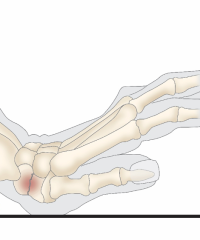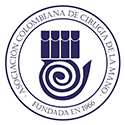Fractures of the Metacarpals and Phalanges
Recent posts
Do you have any doubt?
My goal is to help them regain not only function, but also the quality of life they deserve. If you are experiencing pain, movement limitations or injuries to your hands, I am here to offer you my experience in the field. Together, we can chart a path to recovery and restoration of vitality to your hands.
Categories
Fractures of the metacarpals and phalanges represent 80% of the hand injuries.
There can be two types of fractures. Stable, that is, there is no potential for displacement, or unstable, which despite being immobilized, there can be movement within the splint.

How do these fractures happen?
They can occur after falling down or due to sports traumas, due to direct blows to the hand such as a fist or also due to traffic accidents.
How to know if you have a metacarpal or phalangeal fracture?
Displaced fractures are easy to identify since it is noticeable that the hand is swollen,
the fingers are crooked and the patient shows pain in the mobility of their fingers.
On the contrary, in stable fractures, the patient only manifests pain and edema in the fingers, sometimes being confused with a sprain of the hand or fingers.
It is for this reason that it is important that in case of the slightest doubt or suspicion, a hand surgeon should be consulted, who will carry out an X-ray for the diagnosis of this fracture and in some cases, depending on the complexity, will request a tomography.


Which is the treatment?
Stable fractures can be managed without the need for surgery, using immobilization methods. Regarding unstable fractures, which are displaced, surgery is required, the objective is to achieve an adequate alignment of the fingers and a prompt mobilization.
When to start rehabilitation?
If the patient underwent a non-surgical treatment of the fracture, after 3 to 4 weeks,
when the bone already sticks, the rehabilitation of the fingers and hand can be started. In those patients that underwent surgery, once the immobilization is removed, mobility and corresponding rehabilitation should be started, thus favoring a prompt recovery of the hand and avoiding joint stiffness or sticking of the hand or
fingers.


















